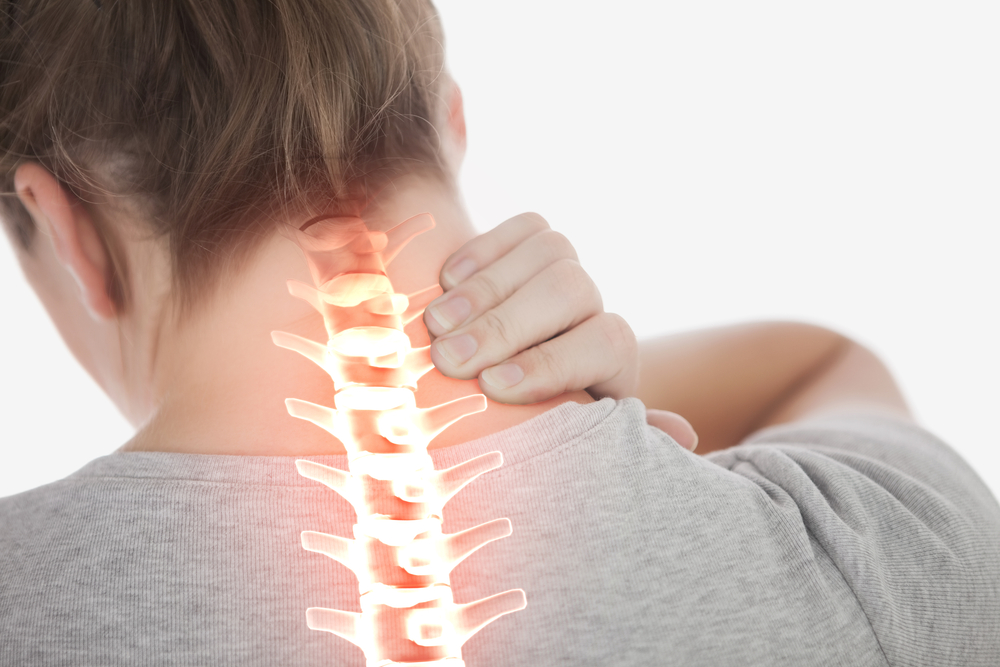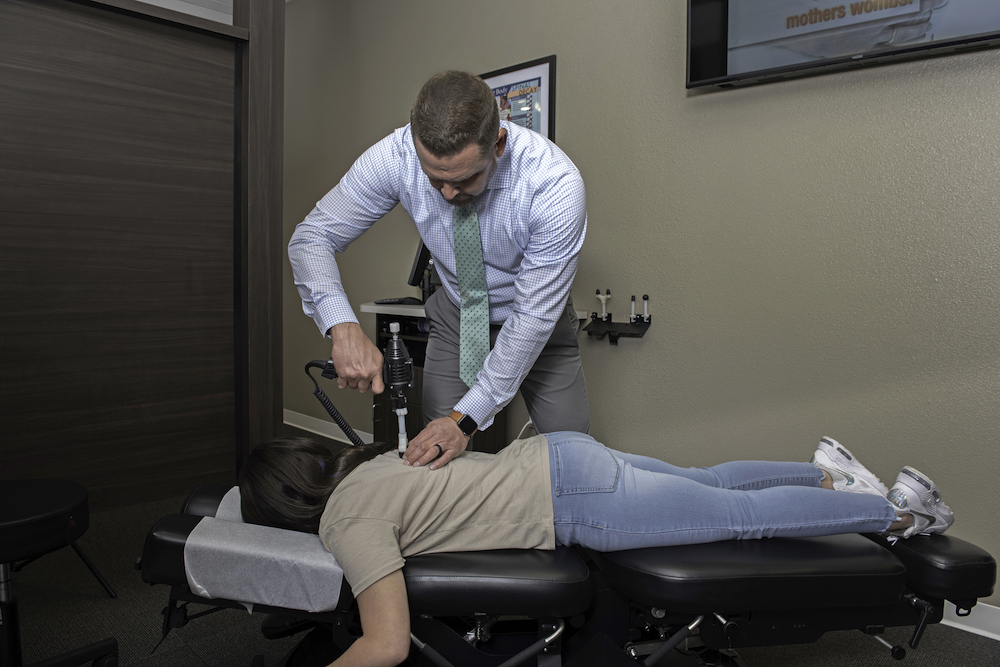Spinal Stenosis: What is it and How is it Treated?
3 min read

There are a number of conditions that often cause back pain in older adults. Spinal stenosis is one of them, and is most common in people over 50. It causes pain in either the back or the neck, and affects as many as half a million Americans, most of them 50 or older, with an increased incidence in people sixty and older.
What is Spinal Stenosis?
Spinal stenosis is when the spaces within the spine narrow, putting pressure on the spinal cord and other nerves. It most often occurs where the spine is curved, that is in the lower back (lumbar stenosis) or the neck (cervical stenosis).
What Causes Spinal Stenosis?
There are five common causes of spinal stenosis:
- Bone spurs in the spinal canal, most often as a result of osteoarthritis. This can also be a symptom of a bone disease called Paget's disease.
- Herniated discs can bulge into the spinal canal.
- Thickened ligaments. With age, the ligaments that hold your spine together can become thicker and stiffer.
- Tumors in the spinal cord (very uncommon).
- Spinal injuries causing dislocations or fractures of vertebrae.
The primary risk factor for spinal stenosis is being over the age of 50. When found in younger people, it is typically a result of spinal trauma.
What are the Symptoms?
Spinal stenosis can cause a number of symptoms, although some sufferers may have no symptoms at all. The most common symptoms are:
- Stiffness
- Numbness
- Back pain.
However, these can be caused by a number of conditions. A doctor or chiropractor will be looking for more specific symptoms. For back stenosis, these include:
- Leg weakness that can cause you to slap your foot on the ground.
- Sciatica, or pain that starts in your lower back or buttocks and shoots down your leg.
- Increased pain when, or difficulty when standing or walking.
- Cramping in one or both legs when standing for long periods of time, easing when you bend forward or sit.
For stenosis in the neck, they include:
- Numbness or tingling in a hand, arm, foot or leg.
- Weakness in a hand, arm, foot or leg.
- Neck pain.
- Difficulty with balance and walking.
- Loss of bladder or bowel control. This is a serious symptom that requires immediate attention
With some of these symptoms present, a chiropractor will likely order scans to see the spinal column and whether there are conditions present that are causing the stenosis. This might include an X-ray to look for bone spurs or a MRI, which can show exactly where pressure is being put on the spine. (For those who can't have an MRI, computerized tomography – a CT scan – could be used.)
Chiropractic Care for Spinal Stenosis
There are a number of treatments for spinal stenosis, which range from monitoring (in the case of mild or no symptoms) to surgery. Most common treatments include:
- Manual spinal adjustments to help relieve pressure on the nerves.
- Physical therapy. As with most causes of chronic back pain, physical therapy is a go-to treatment for stenosis. The therapist will recommend and teach exercises to improve balance (and avoid falls), improve your strength, and help maintain the flexibility and stability of your spine.
- Nonsurgical spinal decompression. This is a gentle form of mechanical traction that is likely to be recommended if your spinal stenosis is the result of a herniated disc. Over several weeks, a series of treatments are done to gently stretch the spine (this form of traction also works on your neck) to relieve pressure on your discs.
- Ultrasound therapy, which is used to reduce inflammation, particularly if your stenosis is caused by an injury.
- Electrical stimulation to relax muscles and relieve pressure on nerves.
- Stretches and exercises to help relieve pressure and also strengthen muscles around the spine while increasing flexibility.
Surgery is an absolute last resort for patients who are not responding to other treatment. In most cases, a chiropractor can help you avoid surgery.
A chiropractor can go over your options with you and create a plan that allows you to try various treatments, in order, to see what works best. If your stenosis is mild and you have few symptoms, then most likely you will be recommended exercises intended to help keep it from progressing further. If it is more serious then nonsurgical spinal decompression might be used sooner rather than later.
If you have been diagnosed with stenosis or are experiencing symptoms that resemble it, then contact Village Chiropractic in The Woodlands for a consultation. We can help with a program of treatment designed to relieve your stenosis pain.





